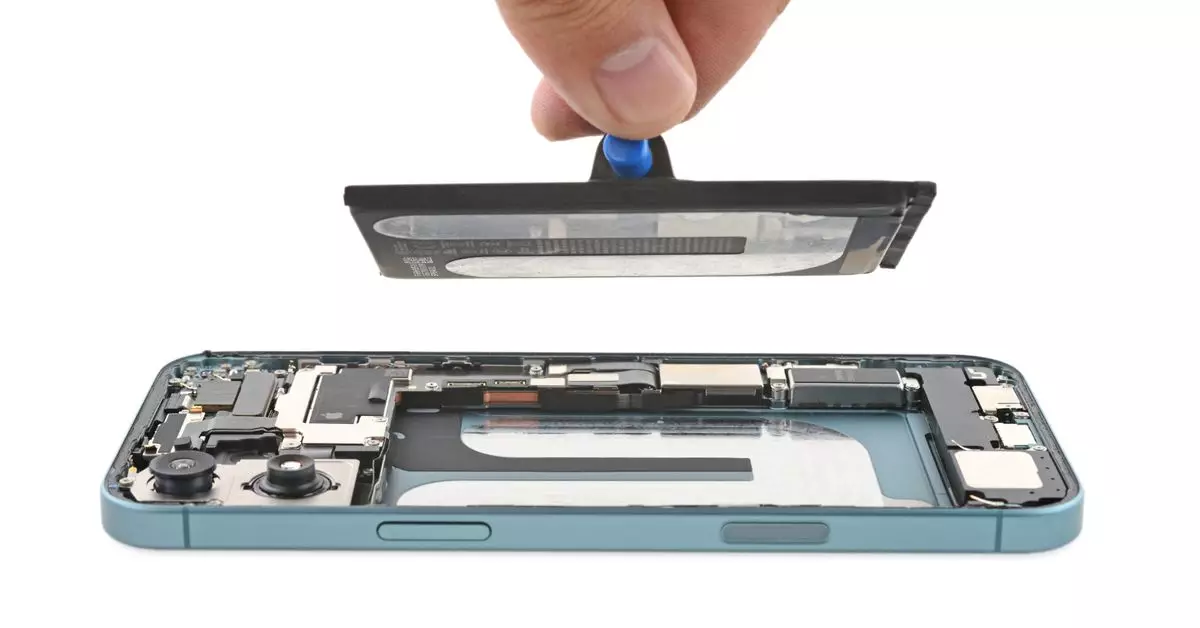The unveiling of the iPhone 16 lineup has taken the tech world by storm, and with it comes an exciting array of innovations that not only enhance functionality but also improve repairability. In an era where device longevity and sustainability are paramount, Apple’s latest offering adjusts its focus towards more user-friendly features, particularly concerning the repairs of devices.
Unpacking the Disassembly Process
iFixit, a company renowned for its detailed gadget teardowns, has swiftly taken up the challenge of dissecting the iPhone 16 to uncover its internal mechanics. This year’s disassembly revealed several noteworthy features, including an actively moving Camera control button and a flex cable that appears to track force. These elements showcase Apple’s commitment to enhancing user interactivity. However, it’s the positioning of the heat sink, designed to cool the A18 chip’s Neural Engine during demanding AI tasks, that has garnered attention for its ingenuity in thermal management.
Perhaps the most captivating aspect introduced with the iPhone 16 is the use of electrically debondable adhesive for the battery enclosure. This advancement stands out, particularly for the base model, making it arguably more compelling than the Pro variant. Through a careful analysis of Apple’s repair manuals, it becomes evident that this new adhesive technology aims to simplify the repair process significantly. The adhesive’s functionality hinges on applying electrical current to release the battery — a game-changer in making repairs less cumbersome.
As reported in earlier assessments, Apple has not implemented this new adhesive across all models; however, its first appearance in the iPhone 16 certainly sets a precedent for future devices. iFixit’s findings reveal that a simple application of current from a household 9-volt battery for around 90 seconds can detach the battery effortlessly. Fascinatingly, gravity plays a vital role in the battery’s release process, further simplifying the repair task. For those eager to delve into the repair experience, it’s worth noting that a stronger electric current of up to 30 volts can disengage the adhesive in under five seconds for immediate effects.
This shift towards more accessible repair methods highlights a significant trend in consumer technology — a growing acknowledgment of the importance of sustainable practices. With the battery assembly designed to be re-adhered using simple pressure, Apple’s innovative approach may inspire other tech manufacturers to consider similar strategies. As repairs become more user-friendly, consumers stand to benefit from prolonged device lifespans, thereby positively impacting both the environment and consumer finances.
Apple is setting the standard for future devices by enhancing repairability through innovative technologies like electrically debondable adhesives. By simplifying the repair process for not just technicians but also for everyday users, the iPhone 16 exemplifies a crucial shift towards sustainability and user empowerment in the tech industry. As consumer expectations evolve, this development may very well be a transformative step toward a more environmentally conscious future in electronics.


Leave a Reply